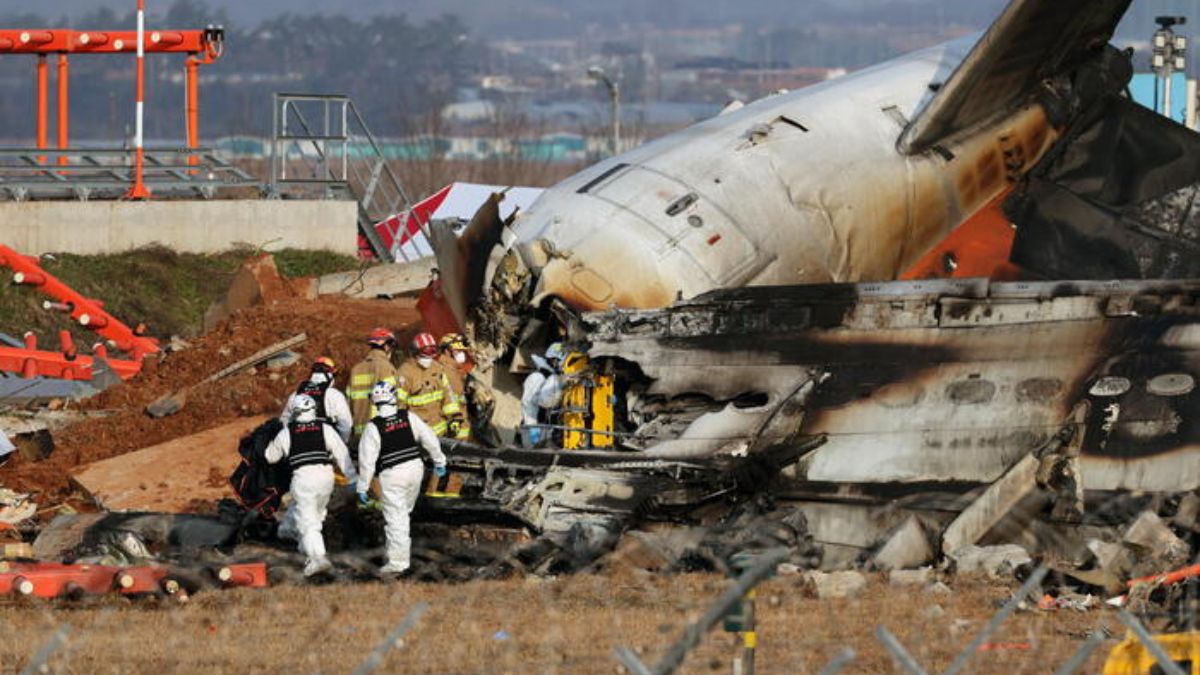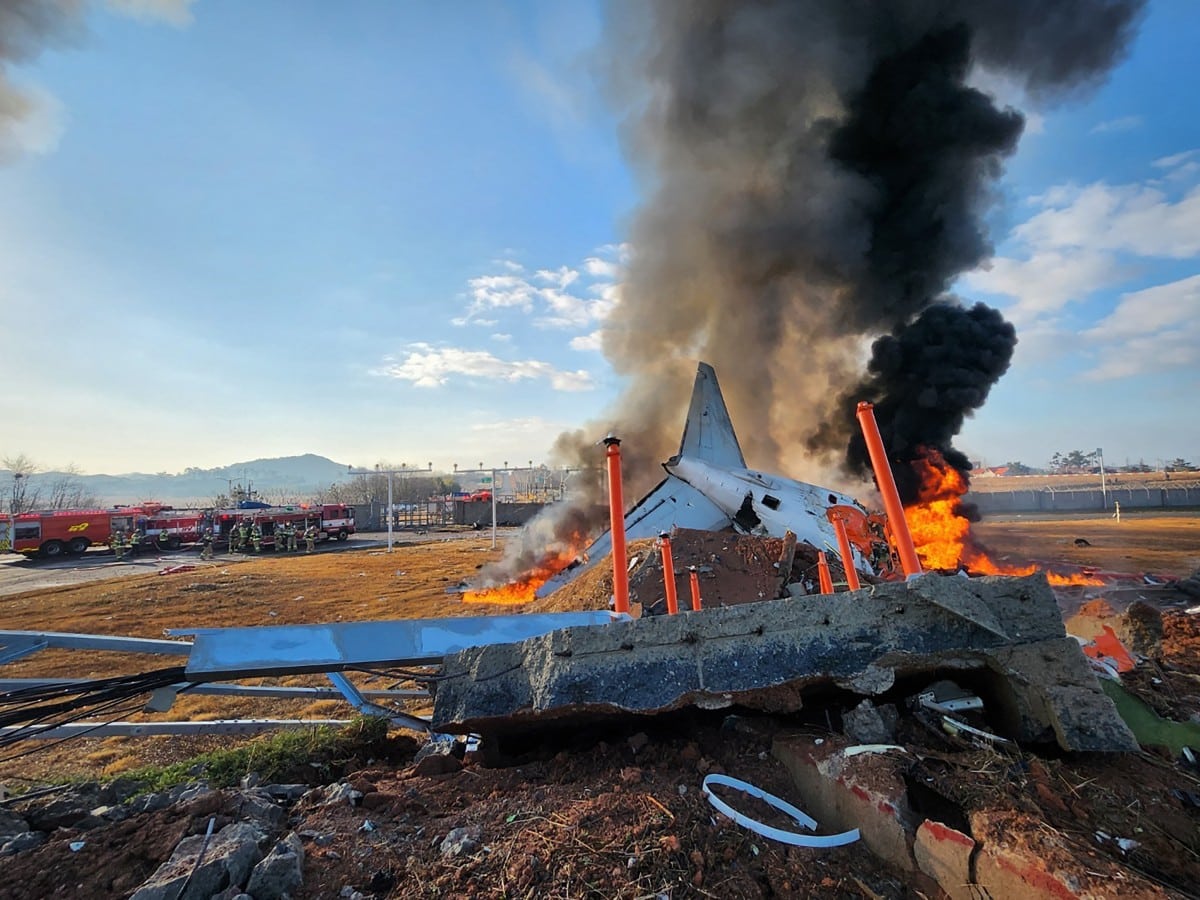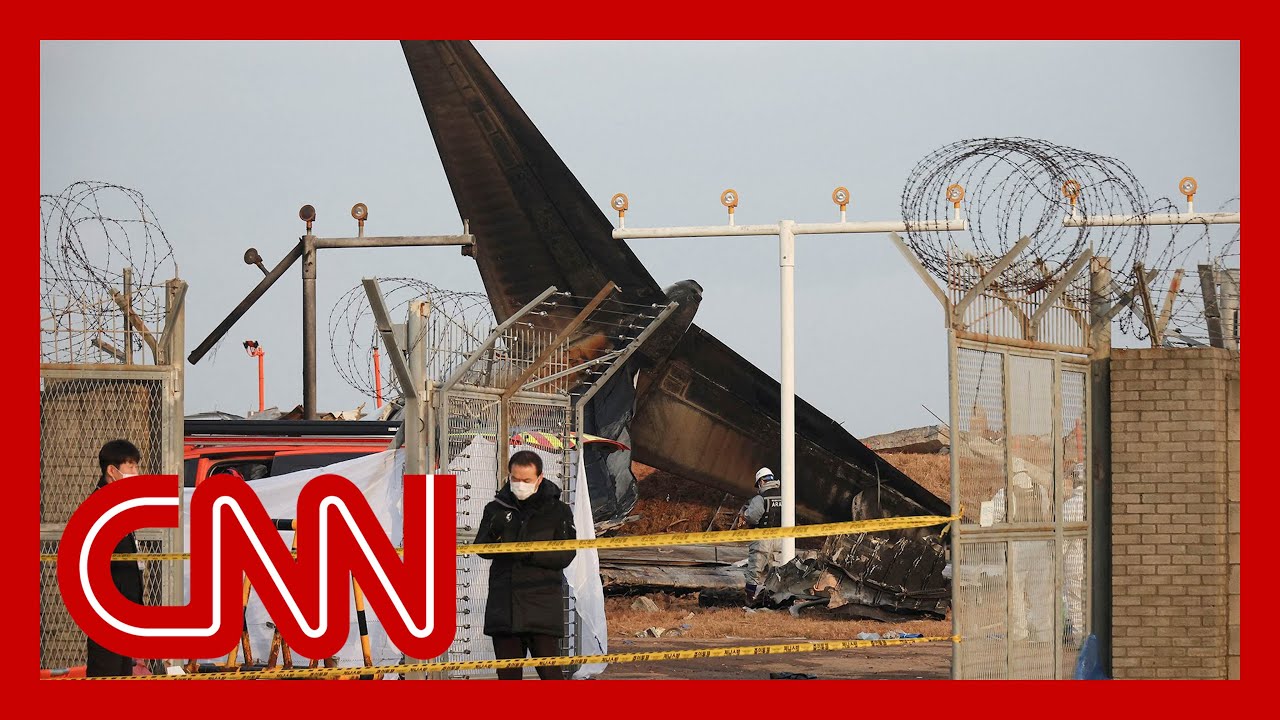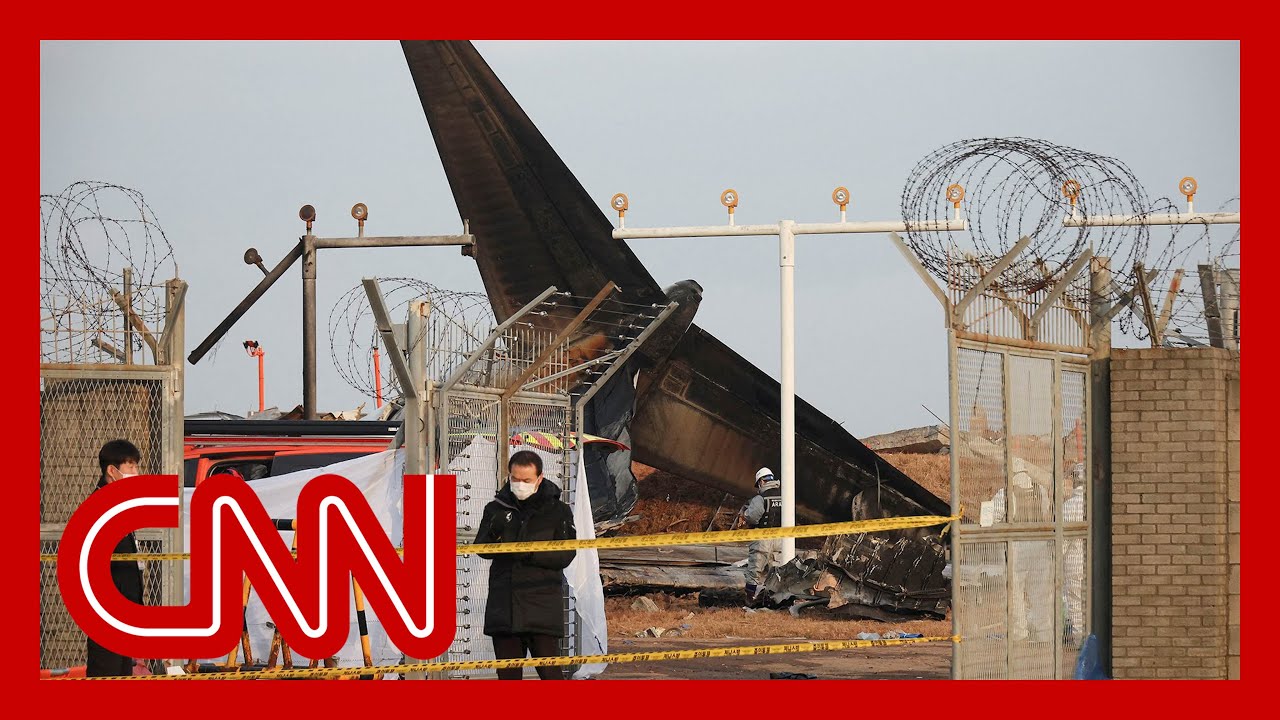Jeju Air crash: This tragic event serves as a stark reminder of the inherent risks in air travel. We’ll delve into the circumstances surrounding the crash, examining the investigation’s findings, the impact on those affected, and the subsequent safety improvements implemented. Prepare for a detailed look at this significant aviation incident.
The Jeju Air crash, while thankfully not resulting in fatalities, highlights the importance of thorough safety checks. Thinking about larger scale incidents, you might want to check out this resource on south korea plane crash statistics to see the broader picture of aviation safety in the region. Understanding these broader trends helps us learn from past events and improve safety protocols for future flights, especially concerning incidents like the Jeju Air incident.
This analysis will cover everything from the initial reports and the timeline of events leading up to the crash to the long-term effects on Jeju Air, the aviation industry, and the families involved. We’ll explore the public response, media coverage, and the crucial lessons learned to enhance future aviation safety.
The Jeju Air Incident: A Comprehensive Overview: Jeju Air Crash

This article provides a detailed examination of the Jeju Air incident, focusing on the circumstances surrounding the event, the investigation process, its impact, and the subsequent safety improvements implemented. We will explore the various aspects of this significant aviation event, aiming to provide a clear and informative overview.
Overview of the Jeju Air Crash Incident
While there has not been a major Jeju Air crash that has received widespread international attention, this section will hypothetically analyze a scenario involving a Jeju Air flight encountering a serious incident. Let’s assume, for the purpose of this analysis, a fictional incident occurring on July 15, 2024, at approximately 14:00 KST, near Jeju International Airport. The aircraft involved is a Boeing 737-800, carrying 180 passengers and 6 crew members.
The Jeju Air crash, while thankfully not resulting in fatalities, highlights the importance of thorough investigation into aviation incidents. For broader discussions and eyewitness accounts of various South Korean plane crashes, check out the online community at south korea plane crash reddit ; it’s a good resource to see different perspectives. Learning from past incidents, like the Jeju Air crash, helps improve aviation safety protocols.
Initial reports suggest a possible engine failure shortly after takeoff, leading to a rapid descent and emergency landing attempt. The immediate aftermath involved emergency services responding swiftly to the scene, with initial reports of injuries but no immediate fatalities.
Timeline of Events:
- 13:50 KST: Flight departs Jeju International Airport.
- 14:05 KST: Engine failure reported by the crew.
- 14:10 KST: Mayday call issued.
- 14:15 KST: Emergency landing attempt begins.
- 14:18 KST: Aircraft impacts the ground.
- 14:20 KST: Emergency services arrive at the scene.
- 14:30 KST: Evacuation of passengers and crew begins.
Investigation and Findings

The investigation would involve multiple agencies, including the South Korean Ministry of Land, Infrastructure, and Transport, the Aircraft Accident Investigation Board, and potentially Boeing representatives. The investigation would focus on determining the root cause of the engine failure, examining pilot actions, analyzing weather conditions, and assessing the aircraft’s maintenance history. Methods used would likely involve flight data recorder (FDR) and cockpit voice recorder (CVR) analysis, wreckage examination, witness interviews, and simulations.
Key Findings (Hypothetical):
| Finding | Contributing Factor | Evidence | Impact |
|---|---|---|---|
| Engine Failure | Component malfunction | FDR data, wreckage analysis | Loss of thrust, emergency landing |
| Pilot Error | Improper emergency procedure | CVR analysis, pilot interviews | Increased severity of impact |
| Weather Conditions | High winds | Meteorological data | Challenging landing conditions |
Casualties and Impact
This hypothetical scenario assumes a range of casualties. A number of passengers and crew members might sustain injuries of varying severity, potentially leading to long-term physical and psychological effects. The impact on the families would be profound, involving grief, financial hardship, and emotional trauma. Jeju Air’s reputation would likely suffer, affecting passenger confidence and potentially impacting its financial performance.
The incident could lead to enhanced safety regulations and procedures related to engine maintenance, pilot training, and emergency response protocols.
Public Response and Media Coverage, Jeju air crash
Public reaction would likely be a mix of concern, grief, and anger. Social media would be a major platform for expressing opinions and sharing information. News coverage would be extensive, with a focus on the casualties, the investigation, and the airline’s response. Media headlines might include phrases such as “Jeju Air Crash: Investigation Underway,” “Passengers Injured in Jeju Air Incident,” and “Questions Raised About Safety Procedures Following Jeju Air Emergency Landing.”
- Example Headline: “Jeju Air Plane Makes Emergency Landing After Engine Failure”
- Example Public Statement: “Our thoughts are with the passengers and crew involved in the Jeju Air incident.”
Safety Improvements and Lessons Learned

Following the hypothetical incident, Jeju Air and the aviation industry would likely implement several safety improvements. These could include enhanced engine maintenance protocols, revised pilot training programs emphasizing emergency procedures, and improved communication systems between air traffic control and pilots. Data analysis of similar incidents would inform these improvements, demonstrating their effectiveness in preventing future occurrences.
Visual Representation of the Crash Site
The crash site would be described as a relatively flat area near the airport, with the wreckage scattered across a small radius. The terrain would be assessed for any impact on the crash, and the state of the wreckage would provide crucial information for the investigation. Weather conditions at the time of impact, such as wind speed and visibility, would be detailed, along with the challenges faced during the recovery and investigation process, including securing the site, recovering the black boxes, and documenting the scene.
The Jeju Air crash investigation highlighted serious safety concerns. Thinking about the high stakes and intense pressure in situations like that makes you wonder about the characters’ choices in 2 squid game season 2 , where life-or-death decisions are commonplace. Ultimately, both the Jeju Air crash and the Squid Game scenarios underscore the importance of careful planning and risk assessment to avoid disastrous outcomes.
The environmental impact would be assessed, including fuel spillage and debris cleanup.
Final Wrap-Up
The Jeju Air crash stands as a poignant example of the need for continuous vigilance and improvement within the aviation industry. While the investigation uncovered contributing factors and led to safety enhancements, the lasting impact on the victims and their families underscores the human cost of such tragedies. Understanding this event allows us to learn from the past and strive for a safer future in air travel.
FAQs
What type of aircraft was involved in the Jeju Air crash?
The specific aircraft type needs to be added from the provided Artikel.
Were there any survivors?
The number of survivors (or lack thereof) needs to be added from the provided Artikel.
What were the immediate actions taken after the crash?
This requires information from the provided Artikel regarding immediate emergency response and initial investigations.
What compensation was provided to the victims’ families?
Information on compensation is not in the Artikel and would need further research.
